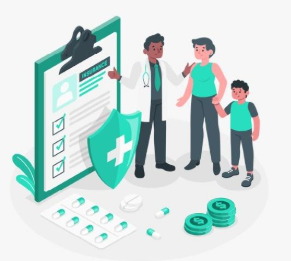One of the most effective ways to improve learning and memory is to teach what you’ve learned to someone else. This method, often overlooked, offers a powerful way to reinforce understanding, deepen knowledge, and enhance long-term retention. Teaching others isn’t just about sharing information—it transforms the learning process into a more active, thoughtful, and engaged experience.
Understanding the Power of Teaching
When we teach, we are required to reorganize and reframe the information in our minds. This process helps to clarify concepts, identify gaps in understanding, and make connections between different ideas. Unlike passive review methods such as rereading or highlighting, teaching forces us to engage with the material more deeply. By putting knowledge into our own words and anticipating questions from others, we reinforce neural pathways associated with that information.
The Psychology Behind It
Research in cognitive science supports the effectiveness of teaching as a learning strategy. One well-known approach is the “protégé effect,” which refers to the phenomenon where students who teach others perform better on tests than those who only study for themselves. This effect occurs because teaching requires active recall, organization of thoughts, and clear articulation—all of which contribute to better memory retention.
Additionally, preparing to teach creates a sense of accountability. When we expect to explain a concept to someone else, we approach the learning process with more focus and intentionality. This anticipation leads to increased engagement and better preparation, both of which enhance retention.
Practical Ways to Learn Through Teaching
You don’t need to be a formal instructor to use teaching as a learning tool. There are many simple and effective ways to incorporate teaching into your study routine:
- Study Groups: Join or create a study group where each member is responsible for explaining a specific topic. Teaching peers can help reinforce your own understanding while providing mutual support.
- Teach to a Friend or Family Member: Even if they’re not familiar with the subject, explaining a topic aloud helps clarify your thoughts and uncover any areas of confusion.
- Use the Feynman Technique: Named after physicist Richard Feynman, this method involves writing out an explanation of a concept in simple terms. The goal is to make it understandable to someone with no prior knowledge of the topic.
- Create Educational Content: Writing blog posts, recording videos, or even posting on social media about what you’ve learned can be an effective way to solidify your understanding and help others at the same time.
- Talk to Yourself: Summarize key points out loud as if you were teaching an invisible audience. This can be surprisingly effective, especially when studying alone.
Long-Term Benefits
Beyond improving memory and comprehension, teaching others builds essential life skills. It enhances communication, boosts confidence, and fosters empathy. As you become more skilled at breaking down complex topics, you’ll also become a better learner and thinker.
Moreover, teaching promotes a mindset of collaboration rather than competition. In classrooms, workplaces, and communities, sharing knowledge helps everyone grow and creates a culture of continuous learning.
Conclusion
Learning through teaching is a time-tested method that works across disciplines and age groups. Whether you’re a student, a professional, or a lifelong learner, adopting this strategy can significantly enhance your retention and mastery of new information. By turning the act of learning into an opportunity to teach, you transform passive study into active engagement, setting the stage for lasting understanding and personal growth.






